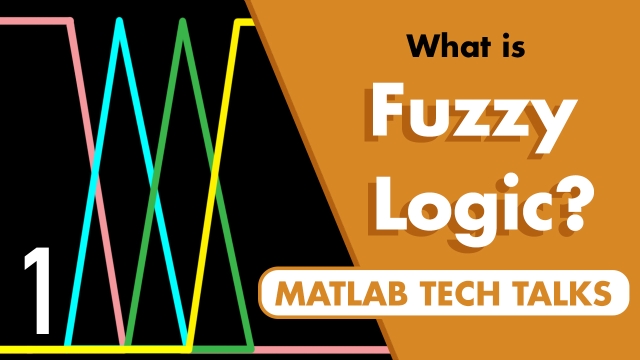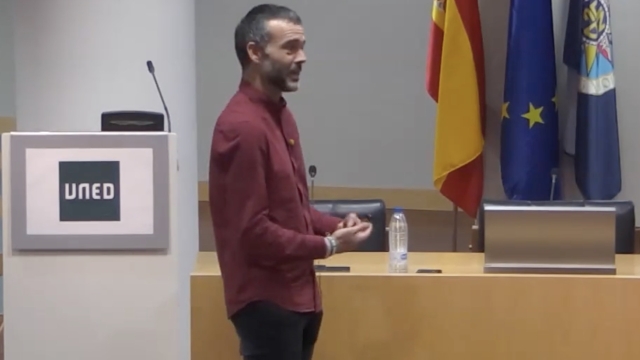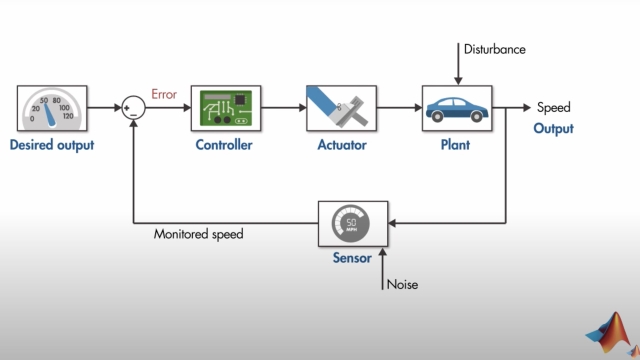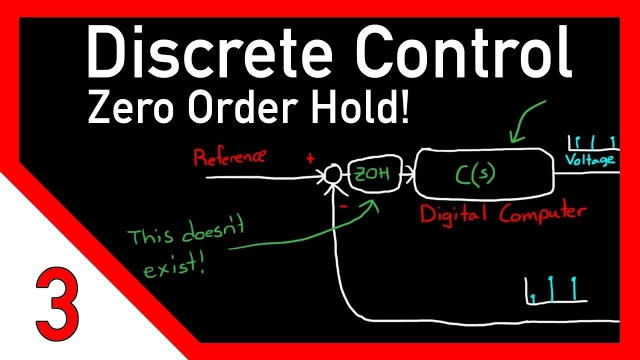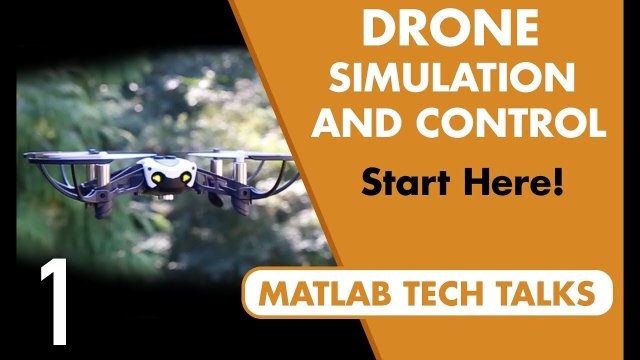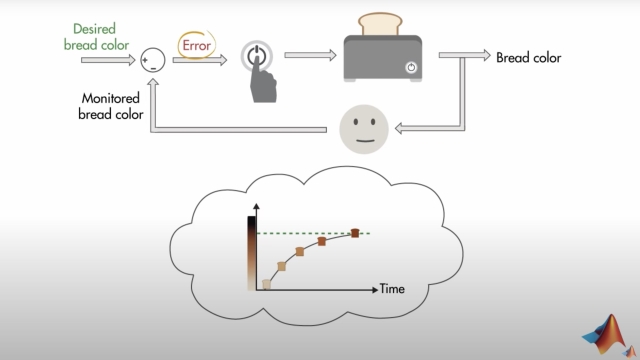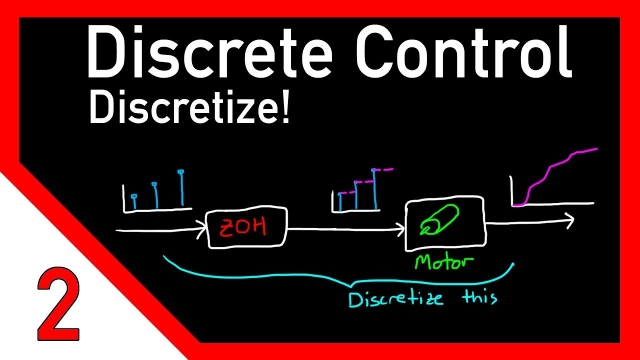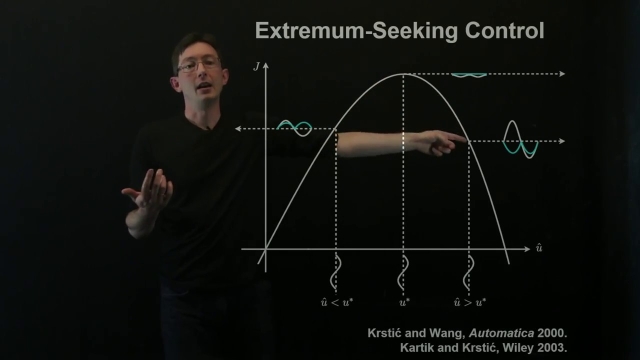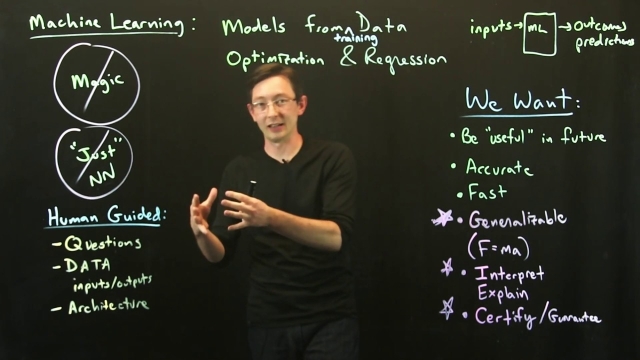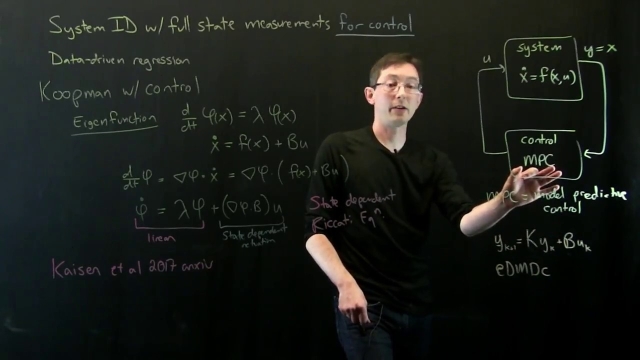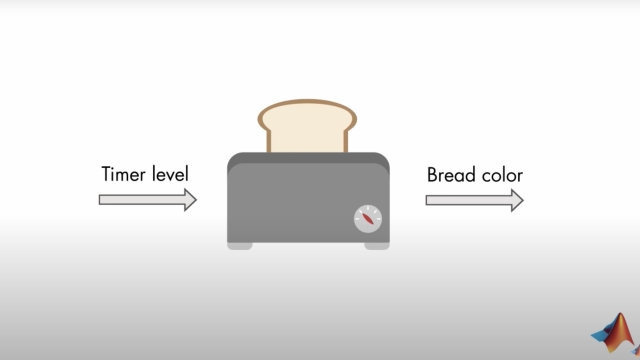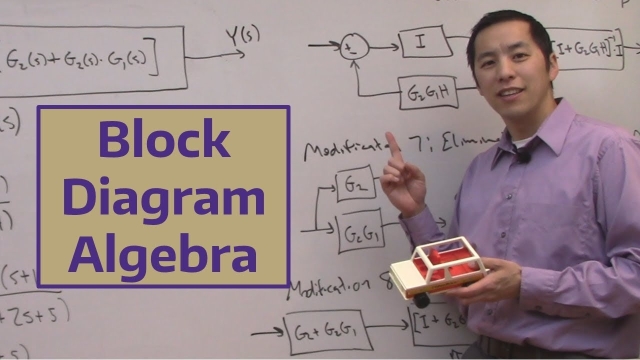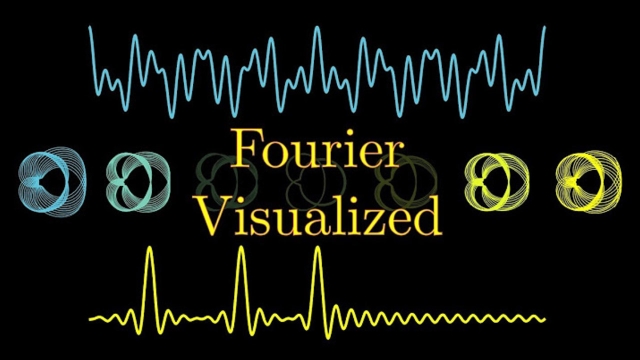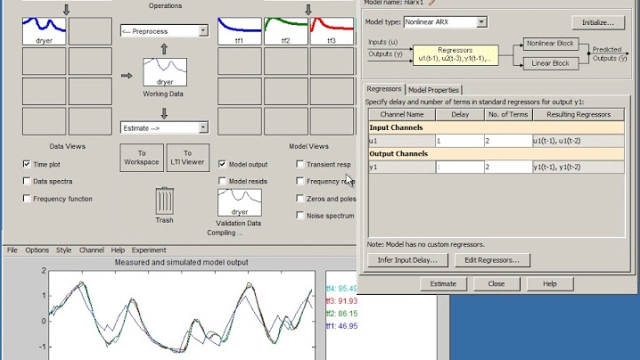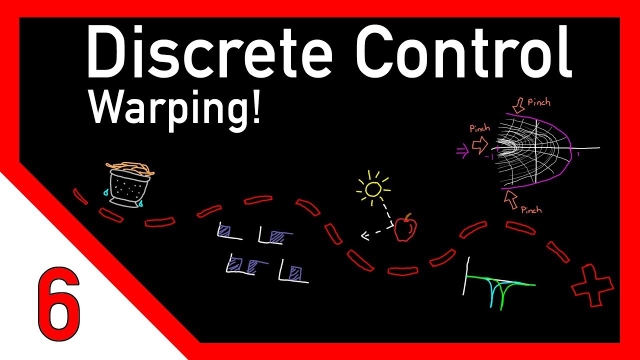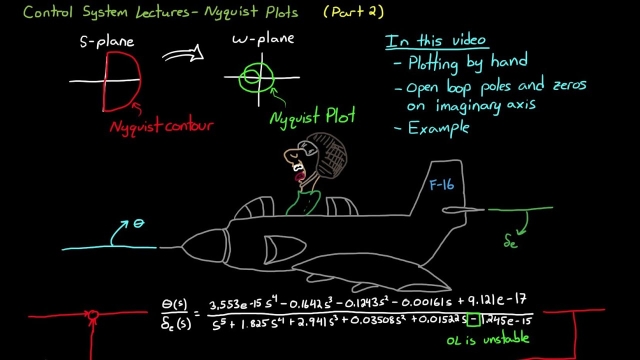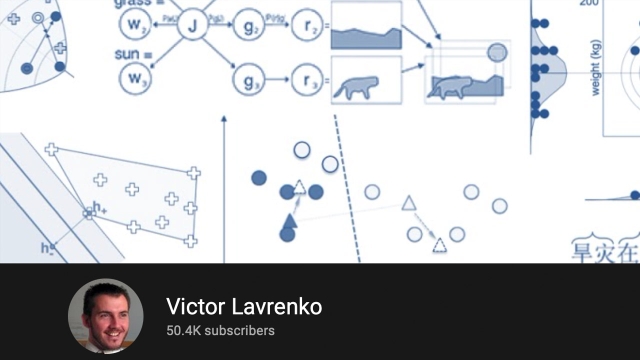
Resonance in Nature and Bioinspired Squid Robots
Bioinspired robots combine the best of both biology and engineering. Using tools learned from nature, we can build squid-like and other squishy robots to improve current capabilities in...
See MoreWhat Is Fuzzy Logic | Fuzzy Logic Part 1
This video introduces fuzzy logic and explains how you can use it to design a fuzzy inference system (FIS), which is a powerful way to use human experience to design complex systems...
See MoreAdvances in feedforward control for measurable disturbances (in Spanish)
The efficient compensation of load disturbances is one of the most important tasks in any control system. Most industrial processes are affected by disturbances and only feedback is commonly...
See MoreUnderstanding Control Systems: Components of a Feedback Control System
This video introduces the components of a feedback control system and how they interact with each other.
Learn basic terminology by walking through examples that include driving a car...
See MoreVibrational Control in Insect Flight
Abstract: It is generally accepted among biology and engineering communities that insects are unstable at hover. However, existing approaches that rely on direct averaging do not fully...
See MoreUnderstanding the Z-Transform
This intuitive introduction shows the mathematics behind the Z-transform and compares it to its similar cousin, the discrete-time Fourier transform. Mathematically, the Z-transform is...
See MoreDiscrete control #3: Designing for the zero-order hold
This is the third video on discrete control and in this video, I want to clear up a confusion that I caused last time regarding using the ZOH method to discretize a continuous controller and...
See MoreWhy Choose Model-Based Reinforcement Learning?
What is the difference between model-free and model-based reinforcement learning? Explore the differences and results as the learning models are applied to balancing a cart/pole system as an...
See MoreDrone Simulation and Control, Part 1: Setting Up the Control Problem
Quadcopters and other styles of drones are extremely popular, partly because they have sophisticated programmed control systems that allow them to be stable and fly autonomously with very...
See MoreUnderstanding Control Systems: Feedback Control Systems
This video provides introductory examples to learn about the basics of feedback control (closed-loop control) systems.
Learn how feedback control is used to automate processes and discover...
See MoreDiscrete control #2: Discretize! Going from continuous to discrete domain
This is the second video in the discrete control series. It focuses on discretizing a continuous system - getting to the z-domain from the s-domain.
See MoreExtremum Seeking Control in Matlab
This lecture explores extremum-seeking control (ESC) on a simple example in Matlab. In particular, a discrete-time (digital) version of ESC is coded in a Matlab script.
See MoreArtificial Intelligence
This lecture discusses artificial intelligence (AI) in the context of data science and machine learning.
See MoreSystem Identification: Koopman with Control
This lecture provides an overview of the use of modern Koopman spectral theory for nonlinear control. In particular, we develop control in a coordinate system defined by eigenfunctions of...
See MoreUnderstanding Control Systems: Open-Loop Control Systems
This video explores open-loop control systems by walking through some introductory examples.
Learn how open-loop systems are found in everyday appliances like toasters or showers, and...
See MoreControl Systems in Practice, Part 8: The Gang of Six in Control Theory
When analyzing feedback systems, we can get caught up thinking solely about the relationship between the reference signal and the output. However, to fully understand how a feedback system...
See MoreBlock Diagram Algebra
In this video we introduce block diagrams (AKA signal flow diagrams). We explore how they are used to describe complex systems as well as how to perform blo...
See MoreBut what is the Fourier Transform? A visual introduction.
An animated introduction to the Fourier Transform.
See MoreUnderstanding Kalman Filters, Part 5: Nonlinear State Estimators
This video explains the basic concepts behind nonlinear state estimators, including extended Kalman filters, unscented Kalman filters, and particle filters.
A Kalman filter is only defined...
See MoreSystems Engineering, Part 1: What Is Systems Engineering?
This video covers what systems engineering is and why it’s useful. We will present a broad overview of how systems engineering helps us develop complex projects that meet the program...
See MoreIntroduction to System Identification
In this webinar, you will have a unique chance to learn about system identification from a world-renowned subject expert, Professor Lennart Ljung. Professor Ljung will explain the basic...
See MoreDiscrete control #6: z-plane warping and the bilinear transform
We’re continuing our journey through discrete control and in this video, we’re going to expand our understanding of the bilinear transform. Along the way, we’ll learn about how this...
See MoreNyquist Stability Criterion, Part 2
An explanation of the Nyquist Stability Criterion part 2. This video steps through the how to sketch a Nyquist plot by hand, what to do if there are open loop pools on the imaginary axis...
See MoreMachine Learning & Text Processing Lectures
This is the video lecture collection by Victor Lavrenko.
See MoreWhy Digital Beamforming Is Useful for Radar
Learn how you can use digital beamformers to improve the performance and functions of radar systems. The MATLAB Tech Talk series on radar covered how to use radar to determine range, range...
See More

